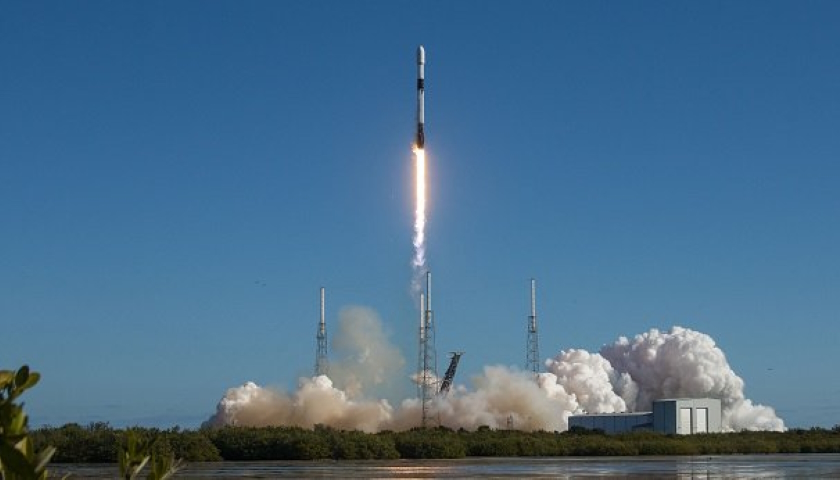SpaceX’s Starlink is facing two legal challenges over its planned roll-out of a new generation of broadband satellites.
Last month the FCC granted SpaceX permission for 7,500 Gen 2 satellites and roll-out for the fleet has already begun. The company had originally requested authorization for almost 30,000 satellites, which will operate in the Ku-, Ka-, and E-bands.
However, as first reported by PCMag, Dish Network and the International Dark-Sky Association (IDA) have both filed lawsuits that demand the US Court of Appeals in DC reverse the FCC’s order authorizing Starlink’s next generation satellite network for launch.
Dish Network is opposing the FCC order over concerns the new satellites will disrupt access to the company’s satellite TV business.
“The order leaves millions of families receiving satellite television service from Dish in the same frequency band vulnerable to interference. It is unlawful and should be set aside for several reasons,” the company said in its court filing.
The two companies have previously been at loggerheads over spectrum use, with Starlink saying Dish’s proposal to use 5G in the 12GHz band would impact the satellite firm’s customer experiences.
Meanwhile, IDA is appealing the decision over the potential impact on the night sky. The group said the fleet would harm professional and amateur astronomy; create impairment of cultural, religious, and heritage values of the night sky; pose a risk to the environment through deposition of alumina in the upper atmosphere; exacerbate climate change; and diminish in the enjoyment of the dark sky.
“It is unprecedented for IDA to resort to the court system to resolve disputes. But in this case, we felt compelled to act,” IDA said in a statement. “With plans to deploy and maintain dozens of satellite constellations, with upwards of one hundred thousand satellites orbiting at any one time, it is critical that federal agencies responsible for making decisions on the future of the night sky – an essential element of the human environment – follow existing laws.”
To reduce impact to the night sky, SpaceX has previously told the FCC about efforts to improve designs for the Gen2 machines, including “space-stable black paint” and “next-generation dielectric mirror film,” to minimize reflections.
The company also this month signed an astronomy coordination agreement with the US National Science Foundation (NSF).
The agreement has seen the satellite firm work with the US science agency to mitigate potential interference from SpaceX satellite transmissions and minimize impact on the National Science Foundation’s radio astronomy observatories and promise to continue working towards that goal in the future.
“We are setting the stage for a successful partnership between commercial and public endeavors that allows important science research to flourish alongside satellite communication,” said NSF director Sethuraman Panchanathan.
Read more: datacenterdynamics.com





